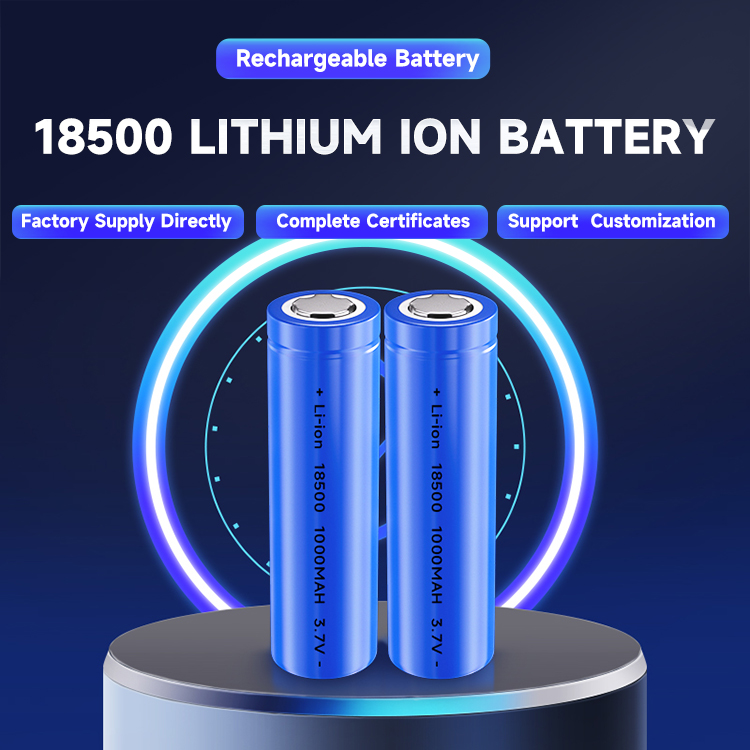Time:2024.12.25Browse:0

The cycling life test conditions and requirements for lithium batteries specified in the national standard: Charge at 1C under an ambient temperature of 20 ℃± 5 ℃. When the battery terminal voltage reaches the charging limit voltage of 4.2V, switch to constant voltage charging until the charging current is less than or equal to 1/20C. Stop charging, let it stand for 0.5h~1h, and then discharge at 1C current to the termination voltage of 2.75V. After discharge, let it stand for 0.5h~1h before proceeding to the next charging and discharging cycle, If the discharge time is less than 36 minutes for two consecutive times, the service life is considered to have ended, and the number of cycles must be greater than 300
Interpretation of national standard regulations:
A. This definition stipulates that the testing of cycle life is conducted in a deep charging and discharging manner
B. The cycle life of lithium batteries is specified according to this mode, and after ≥ 300 cycles, the capacity still exceeds 60%
However, the number of cycles obtained by different cycle systems is completely different. For example, the other conditions mentioned above remain unchanged, and only changing the 4.2V constant voltage to 4.1V constant voltage is used to test the cycle life of the same type of battery. This way, the battery is no longer a deep charging method, and the final test results show that the cycle life can be increased by nearly 60%. So if the cutoff voltage is raised to 3.9V for testing, the number of cycles should be increased several times.
Regarding the statement that one cycle of charging and discharging reduces the lifespan of a lithium battery, we should note that the definition of the charging cycle of a lithium battery is: a charging cycle refers to the process of all the battery's charge from full to empty, and then from empty to full. And this is not equivalent to charging once. In addition, when discussing the number of cycles, we cannot ignore the conditions of the cycle. Setting aside the rules and discussing the number of cycles is meaningless because the number of cycles is a means of detecting battery life, not the purpose!
three
▲ Misunderstanding: Many people like to use their mobile phone lithium-ion batteries for automatic shutdown and recharging, which is completely unnecessary.
In fact, it is impossible for users to use the battery according to the national standard testing mode. No mobile phone will shut down at 2.75V, and its discharge mode is not high current constant current discharge, but a mixture of GSM pulse discharge and normal low current discharge.
There is another method of measuring cycle life, which is time. Some experts suggest that the lifespan of general civilian lithium-ion batteries is 2-3 years. Based on actual situations, such as the termination of lifespan at 60% capacity and the aging effect of lithium-ion batteries, I think it is more reasonable to use time to express the cycle lifespan.
Read recommendations:
Rack-mounted energy storage battery GN-10240
First use method of lithium battery
Reasons for the decrease in lithium battery capacity.LR726 battery
402427 battery manufacture
button battery 2032